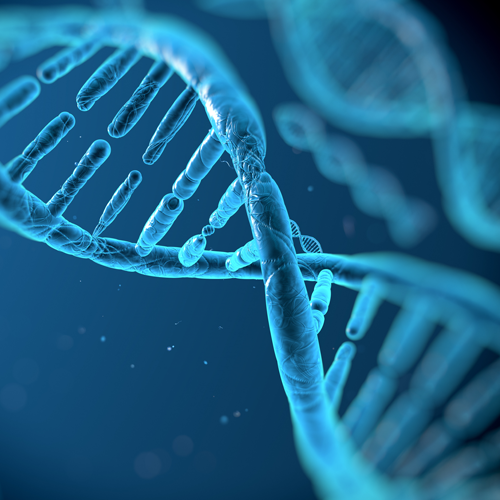Fleet Society member Jeremy Watherston (#145) who resides in Australia recently co-authored a major article on DNA testing of human remains from shipwrecks. Jeremy works in forensic science and operates one of the state’s Forensic Biology Units and is an Industry/Professional Fellow with the University of Technology Sydney and an Adjunct Associate Professor with Charles Darwin University. In addition, he is an avid scuba diver, a novice numismatist, and has a passion for shipwrecks and pirate history.
With a professional and academic background in the (DNA-based) identification of human remains combined with his interest in historic shipwrecks he was approached by academic institutions to explore approaches to DNA testing of historic shipwreck remains. With a view toward providing relevant information to these academic institutions as well as developing approaches that would help these organizations preserve as much sample as possible, he decided to write this article. It is published in the Australian Journal of Forensic Sciences.
We are very pleased to be able to provide this scholarly article for review on our website. We would like to thank Jeremy for his help in arranging this post.
Ben Costello
President, 1715 Fleet Society
Skull and long bones – Forensic DNA techniques for historic shipwreck human remains
by J. Watherston and D. McNevin
Received 06 Sep 2022, Accepted 08 Feb 2023, Published online: 01 Mar 2023
ABSTRACT
Human remains have been recovered from a number of historic shipwrecks and their associated sites, often hundreds of years post-mortem. While remains of victims who have fled following wrecking can be subject to a range of environmental exposures, human remains in marine environments are subject to unique decomposition processes, faunal predation and impacts on DNA. Researchers in museums and academic institutions holding historic shipwreck remains have applied a plethora of scientific testing methods to extract information from artefacts and shipwreck remains. Specialist forensic DNA techniques, often adapted from ancient and archaeological DNA methods, are designed to maximize DNA recovery, and advances in technology and forensic biology have increased options for genotyping compromised human skeletal samples. A vast array of new genetic markers can now be targeted for interrogation to reveal externally visible characteristics, biogeographical ancestry or extended genetic relatives of victims. Some of these techniques have already been applied to historic shipwreck remains. This paper reviews current and emerging forensic DNA techniques available for recovering and revealing genetic information from historic shipwreck remains. It aims to direct investigators conducting genetic testing on historic shipwreck human remains to forensic DNA techniques as a possible approach for yielding further invaluable information.
The article is available at the following link: https://www.tandfonline.com/doi/full/10.1080/00450618.2023.2181395. For access, please email Jeremy Watherston at Jeremy.Watherston@uts.edu.au or at jeremy.watherston@hotmail.com.
